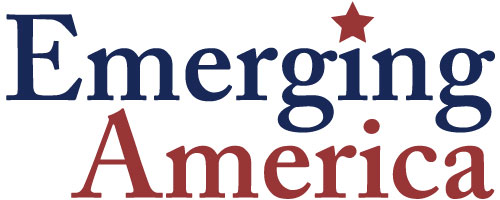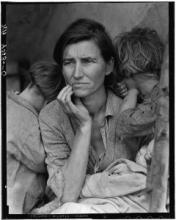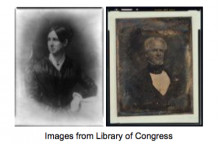Guest post by Nancy Spannaus
Origin of the American System
It is common practice to present the American System of Economics as the invention of Kentucky politician Henry Clay, who served as a leading spokesman for that policy in the Federal government from 1806 to his death in 1852. But in his advocacy for the key components of the American System–Federal protection for manufactures, national banking, and Federal support for infrastructure–Clay was actually continuing the work of First Treasury Secretary Alexander Hamilton.



